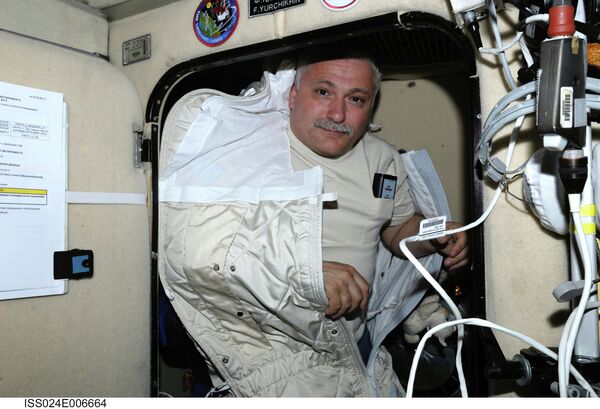WASHINGTON, December 17 (RIA Novosti) – NASA is planning to help combat astronaut insomnia aboard the International Space Station (ISS) with a new lighting system in the US section that will switch colors depending on the time of day, in hopes of reducing the dependency for sleep medications.
“The station is noisy, carbon dioxide is high, you don’t have a shower, there’s a lot of angst because you’ve got to perform,” Smith Johnston, NASA flight surgeon, told Space.com about the unusual environment and demanding schedules that can cause some astronauts to have problems sleeping.
“Imagine if you have a camera on you 24 hours a day,” he said, adding that everyone has a day-night schedule that must be respected, including astronauts.
Half of the astronauts aboard space shuttles rely on sleep medication at some point to receive rest, and according to Space.com, NASA is investing $11.2 million into a new lighting system that should help regulate their body clocks and decrease the need for sleep-inducing drugs.
NASA plans to replace the fluorescent bulbs in the US section of the ISS with a system that switches between blue, white and red lights depending on the time of day. The new bulbs are scheduled to be installed in the space station by 2016.
“You can dial in a natural day-night cycle on the space station” with the new light system, Johnston said.
Astronauts on average receive six hours of sleep even though they are allowed 8.5 hours. With the new lights, NASA hopes to reduce astronaut sleep deprivation, which can cause irritation, depression, illness and mistakes leading to potential problems in the shuttle’s confined quarters.


